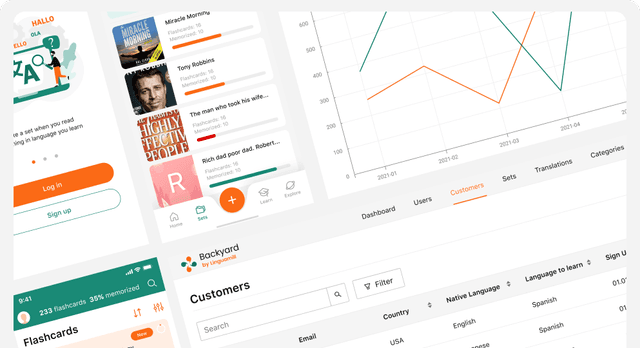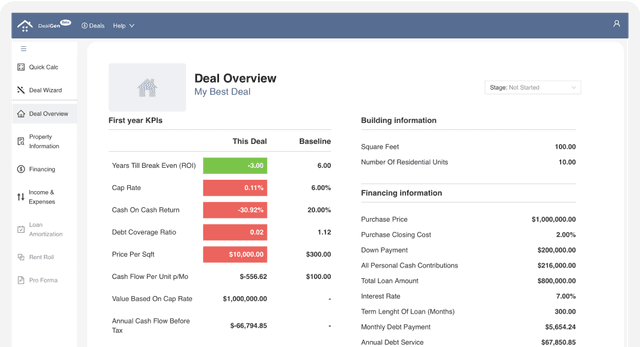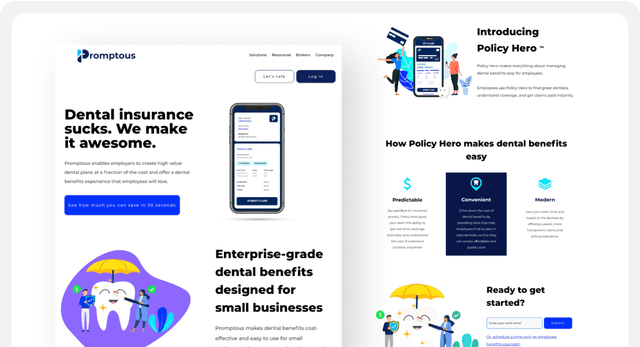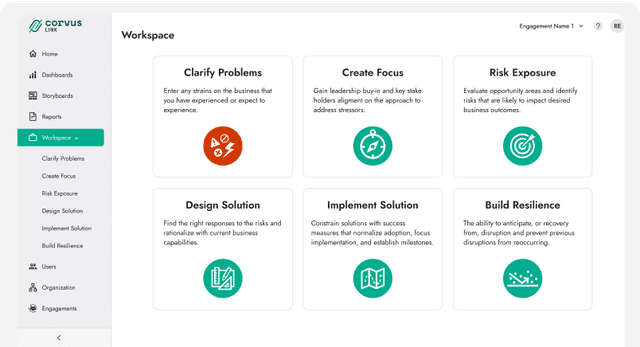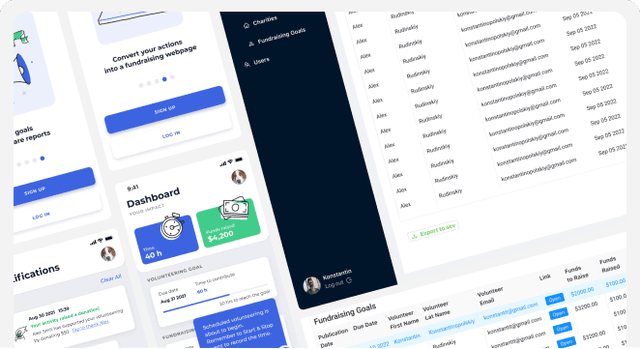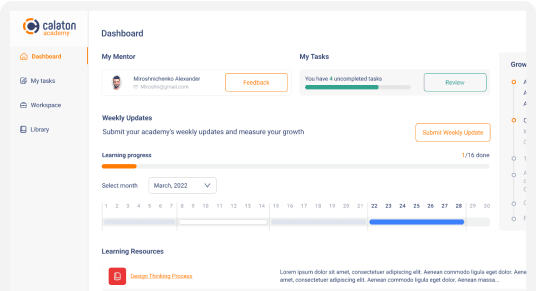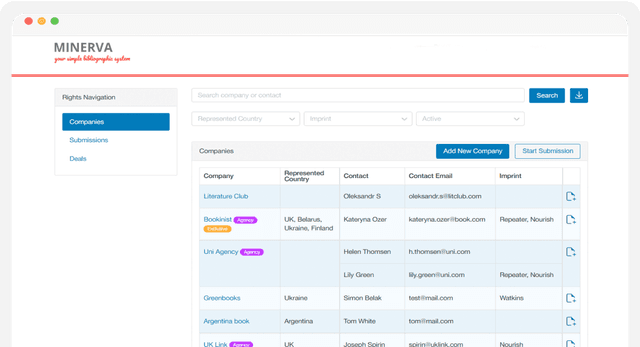API Development and Integration
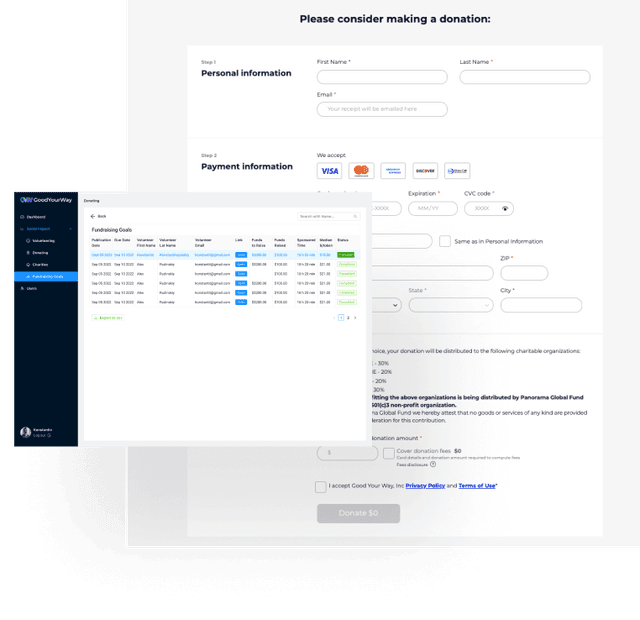
Whether you’re a startup or Fortune 500 company, every business relies on numerous APIs to carry out critical business needs. From payment processing and automated emails to data transfers and user verification, APIs add additional functionality to existing web and mobile applications that define your business. Our team of developers and engineers will help you integrate and optimize your APIs, including building custom solutions when needed.
At its core, an application programming interface (API) is a way for two computer programs to communicate and integrate with one another. They also allow web and mobile applications to be enhanced and evolved to include new features and capabilities, often improving the user experience or service offering. As an experienced development team, we can develop new APIs for unique functionality or help you integrate existing APIs into your current infrastructure.

Powered By
How We Build APIs
Working alongside you and your team, we’ll deliver or integrate functional APIs addressing core business logic that solves your unique challenges. We are an efficiency-driven agency that prioritizes client satisfaction. We base our development processes on methods proven to be reliable and resource-efficient, ensuring we can provide high-value ROI on every project.
When building and integrating APIs we follow the standard process that consists of the following phases:
1. Planning and analysis
In this phase, the development team identifies the requirements of the API and how it will be integrated with other systems or applications. They also consider security, scalability, and performance aspects.
2. Design and prototyping
In this phase, the team designs the API schema, including endpoints, data formats, and request-response structures. They may also create prototypes to validate the design.
3. Development and testing
This phase involves the actual coding of the API, including its core functionality and integration with other systems. The team tests the API to ensure it meets requirements and addresses any issues that arise.
4. Documentation and deployment
Once the API is developed and tested, the team creates comprehensive documentation to help other developers understand how to use it. They also deploy the API to a production environment, which may involve setting up servers, load balancers, and other infrastructure.
5. Monitoring and maintenance
After the API is deployed, the team monitors its performance, scalability, and security. They also address any bugs or issues that arise and make updates or improvements as needed.
